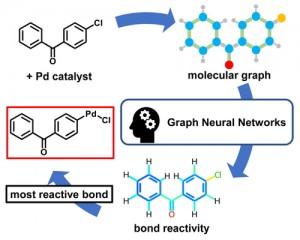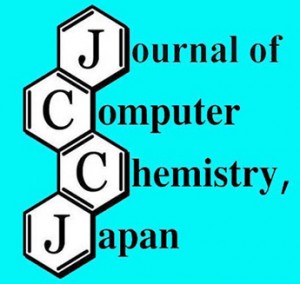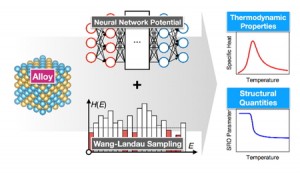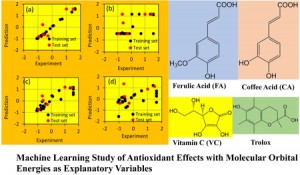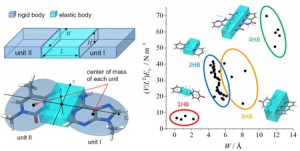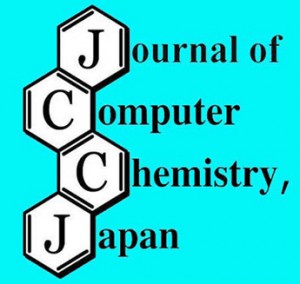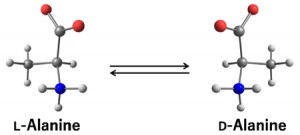[Published online Journal of Computer Chemistry, Japan Vol.21, 126-128, by J-STAGE]
<Title:> グラフニューラルネットワークによる有機遷移金属反応の学習
<Author(s):> 酒井 基至, 金重 光典, 安田 耕二
<Corresponding author E-Mill:> yasudak(at)imass.nagoya-u.ac.jp
<Abstract:> 深層学習による反応予測は,人が識別パターンを設計する必要がないため最近注目されている.しかし有機遷移金属反応は一見複雑で,深層学習の適応例は殆どなかった.我々は,論文や特許などから集めた数万件の実験反応を,素反応に分解したデータベースを構築し,グラフニューラルネットワークを用いて学習させた.最高で97.1%の精度で反応が予測できた.
<Keywords:> Graph neural network, Forward synthesis prediction, Organo transition metal reactions
<URL:> https://www.jstage.jst.go.jp/article/jccj/21/4/21_2023-0012/_article/-char/ja/
<Title:> グラフニューラルネットワークによる有機遷移金属反応の学習
<Author(s):> 酒井 基至, 金重 光典, 安田 耕二
<Corresponding author E-Mill:> yasudak(at)imass.nagoya-u.ac.jp
<Abstract:> 深層学習による反応予測は,人が識別パターンを設計する必要がないため最近注目されている.しかし有機遷移金属反応は一見複雑で,深層学習の適応例は殆どなかった.我々は,論文や特許などから集めた数万件の実験反応を,素反応に分解したデータベースを構築し,グラフニューラルネットワークを用いて学習させた.最高で97.1%の精度で反応が予測できた.
<Keywords:> Graph neural network, Forward synthesis prediction, Organo transition metal reactions
<URL:> https://www.jstage.jst.go.jp/article/jccj/21/4/21_2023-0012/_article/-char/ja/
